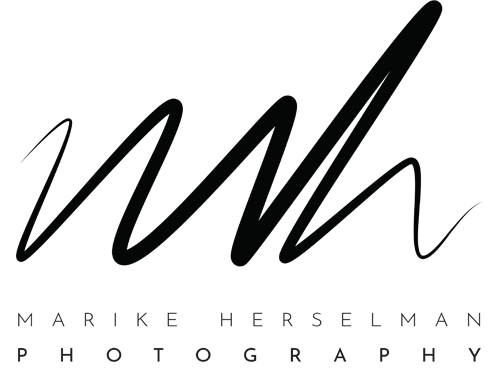Why a Professional Portrait?
It seems as though we are all photographers today snapping away with our smartphones, working with lighting, shadows and angles. The hard truth is that most of us don't really know what we’re doing and the attempt to use amateur portraits for professional purposes can be extremely dangerous.
There are many reasons to have a professional photographer take your portrait shots. Here are our top 5:
1 - You have 4 seconds to impress
We are living in a digital age where we do business with people that we have not met or will possibly never meet. The only idea we have of what that person look like is from a profile picture, either on their Skype account, LinkedIn page or website. When someone pops onto your professional profile, they first look at your photo. If they see a unprofessional portrait, they are going to hesitate about checking you out further. Photos that are cut off from a group pic or have an odd background just don't look good. A simple head and shoulders with a plain background is what works best and a comfortable approachable expression. This is the first step to building trust, being it a potential client or a future employer.
2 - Matching your headshot with your brand is key
Whether you are representing your own business, the business you work for or even seeking employment, ensure that your portrait headshot matches the brand. For the latter, your personal brand. Should you be in your office? Home? Outdoors? Should you be wearing a suit? What expression will best communicate your brand? Are any props needed? What light would be best? All these factors come up when I schedule a portrait shoot.
3 - Outdated just doesn't cut it
More often than not, when you meet someone for the first time all we have to go by is one’s portrait picture whether that’s from LinkedIn, WhatsApp or even a website. If that picture was taken 20 years ago there is a good chance they won't look like that anymore. Sure, you were slimmer. Sure, you had fewer wrinkles? No matter. We want to see you as you are now. You were a different person 20 years ago and communicated different values with your portrait. Also there is a certain kind of confidence that is communicated if a person is not trying to be 20 year younger but owning their ago and the experience that comes with it.
4 - Body Language speaks volumes
When I first engage with a client for their portrait shoot, I have a look at how they sit and what their posture is like. Most of us slouch, especially tall people and mostly when you pull out a camera there is a discomfort where suddenly you have no idea why you have this left arm and where it should actually be! Firstly I try to get them to straighten up, without looking overly formal, crossing your arms can look confident but closed. The way you hold your head, the angle of your face, and many other factors, are all spoken about and directed, during a shoot. It is possible to find that quiet confidence within every person.
5 - Its all in the eyes
Have you ever been caught off guard when a photo was taken of you? Compare it to when you had to do the "cheese" thing and actually pose. Look a little closer at your eyes. You will see that the "off guard" shot will render a more natural look in your eyes. The moment you let your guard down you drop the mark and allow me to see the true raw person behind. That is what I try and achieve with all my portrait shots. I want to see a calm and natural connection in the eyes. My aim is to build a trust that get captured and transcend to the viewer. It can take a while, but there is that moment when my subject lets down their guard and I am able to capture that perfect look. People relate better to a genuineness that resonates from the eyes.
At the end of the day, I want to make you look your best and most receptive. The chances of a good connection with someone else all starts with that first impression moment - the profile picture.




